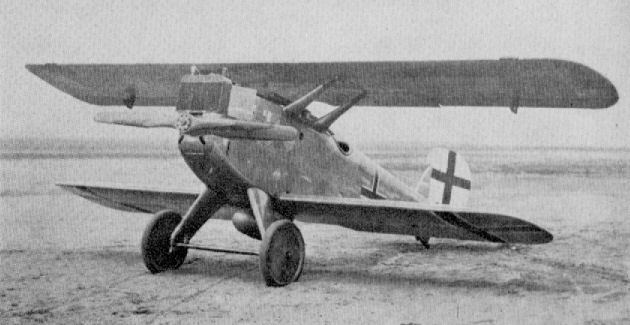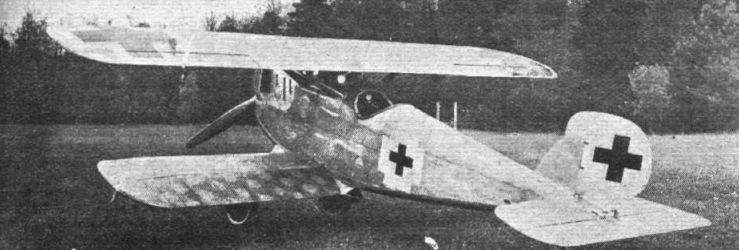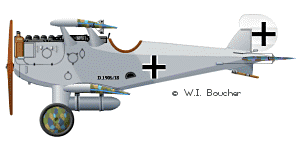Top speed 200 km/h Length 6.37 m Designer Claude Dornier | Wingspan 7.8 m Manufacturer Luftschiffbau Zeppelin | |
 | ||
The Zeppelin D.I, or Zeppelin-Lindau D.I or Zeppelin D.I (Do) (as named in German documents) was also sometimes referred postwar as the Dornier D.I or Dornier-Zeppelin D.I for the designer, was a single-seat all-metal stressed skin monocoque cantilever-wing biplane fighter developed by Claude Dornier while working for Luftschiffbau Zeppelin at their Lindau facility. It was too late to see service with the German Air Force (Luftstreitkräfte) during World War One.
Contents
- Development and design
- Operational history
- Variants
- Operators
- SurvivorsAircraft on display
- Specifications
- References

Development and design

The Dornier D.I was one of several designs by Claude Dornier to have an all-metal stressed skin monocoque structure, and it was the first fighter to feature such construction and although production was cancelled prior to the completion of any production versions it was also the first aircraft with these features to go into production. To reduce the hazards of in-flight fires it also had an external fuel tank, which according to some sources may have been jettisonable, and thick section cantilevered wings for improved aerodynamics. The Dornier Do H Falke was similar, but had an enlarged upper wing and dispensed with the lower wing.
Operational history

Seven prototypes were built as part of the development program. It was never used operationally, due to the end of World War I. Luftstreitkräfte pilots evaluated the type in May/June 1918, and again in October 1918. Despite German ace Wilhelm Reinhard being killed on 3 July 1918, as a result of a structural failure while supposedly grounded for structural upgrades, and negative reports at that time regarding its heavy aileron control and poor climb performance at higher altitudes, after being fitted with a more powerful BMW engine that boosted the climb rate to 5000m from 25 minutes to 13 minutes, an order was placed for 50 aircraft in October or November. The airframes for this order were roughly 50% complete when the production was halted in early 1919.

One of the prototypes went to the US Navy and another to the US Army Air Service, both purchased in 1921 and delivered in 1922, for evaluation of the novel construction methods used.
Variants
Operators

Survivors/Aircraft on display
None of the examples built survive.
Specifications
Data from Grey, 1970, p.580
General characteristics

Performance
Armament


